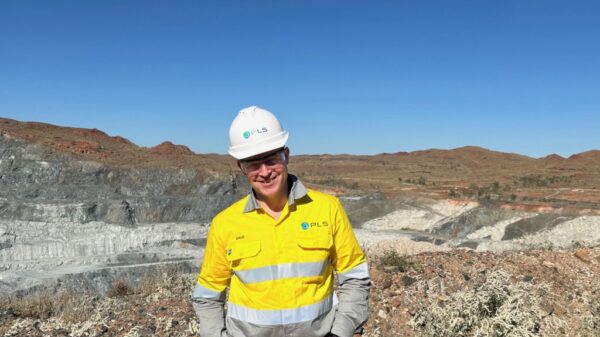A recent study published in Acta Astronautica reveals promising advancements in thermoelectric power generation for future lunar habitats. Researchers from the Republic of Korea investigated a novel technique aimed at enhancing power efficiency and reliability under the Moon’s extreme conditions. Their findings could significantly assist mission planners, engineers, and astronauts in developing technologies essential for sustainable human exploration of the Moon and beyond.
The study focuses on the performance of thermoelectric generators (TEGs) in the unique environment of the lunar surface. Researchers conducted an analysis to examine how a new TEG system could operate under the Moon’s fluctuating temperatures, which range from 121°C (250°F) during the lunar day to -133°C (-208°F) at night. Previous research suggested that these drastic temperature variations could enhance the efficiency of TEGs, also referred to as transient-state operation.
The primary objective was to explore how switching heat storage (HS) systems, known as multiple-HS systems, could foster this transient-state operation on the lunar surface. The results were promising, with the study indicating a remarkable 48.9 percent increase in power generation when employing the multiple-HS system in lunar conditions. This suggests that the significant temperature range on the Moon could be harnessed effectively to benefit TEGs and support long-term lunar habitats.
The researchers noted, “Deep space exploration, including missions such as the establishment of human bases, especially on the Moon and Mars, has garnered significant interest worldwide.” They emphasized the importance of a manned lunar base as a critical component of deep space exploration, as it could serve as a base for future missions throughout the solar system. Consequently, ensuring a reliable power source for maintaining such a base has emerged as a focal point of their research.
While the study discusses other potential power sources, including Radioisotope Thermoelectric Generators (RTGs), it raises concerns regarding their suitability for long-term missions due to the half-life decay of radioactive isotopes. RTGs have previously powered instruments left on the Moon during the Apollo missions and continue to be utilized by NASA’s Curiosity and Perseverance rovers on Mars. Looking ahead, NASA plans to employ RTGs in its upcoming Dragonfly mission, set to launch in July 2028.
The researchers also briefly touched on the feasibility of solar and nuclear power for lunar applications, with nuclear fission reactors previously proposed for potential use on the Moon. The ongoing Artemis program, which aims to establish a long-term human presence on the lunar surface, further underscores the relevance of this study. Continued advancements in technology on the Moon not only support the goal of sustained human habitation but also lay the groundwork for future crewed missions to Mars, as detailed in NASA’s Moon to Mars Architecture.
Utilizing a dependable power source on the lunar surface minimizes the necessity of transporting power solutions from Earth, promoting a strategy known as in situ resource utilization (ISRU). This approach capitalizes on available resources to ensure mission success. In this context, TEGs can leverage the wide temperature range on the lunar surface to meet their power generation requirements.
As humanity progresses toward establishing long-term settlements beyond Earth, studies like this one highlight an increasing interest in adapting Earth-based technologies for extraterrestrial life. TEGs may serve as a foundational step in powering sustainable lunar habitats until more advanced systems are developed. The implications of thermoelectric power generation for lunar habitats may unfold in the years and decades ahead, marking a significant stride in human exploration of space.






































































